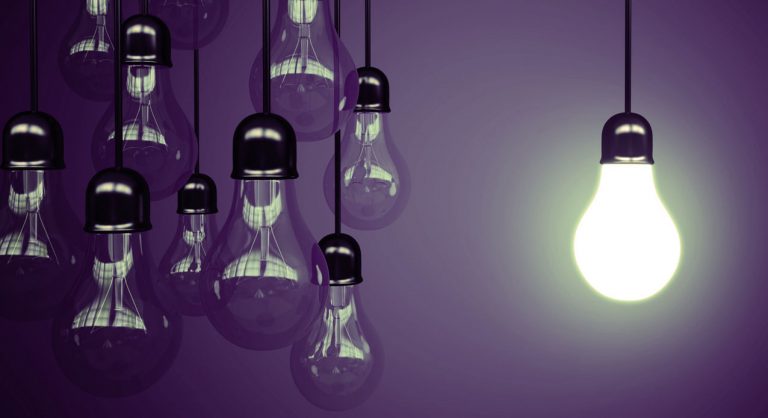LED lights used to be nothing more than untapped potential. The idea was there, but no one really knew what to do with it. Then, a few smart came along and brought the blue LED light into the world, and suddenly everything was different. LED lights are everywhere now, and they’re changing the world. They’re improving our technology, reducing our carbon footprint and giving people access to resources they never thought they’d have.LED lights gave us most of the entertainment gadgets that we have today, or at least greatly improved their quality. The first televisions were bulky, heavy and produced poor quality images. This is because they used a Cathode-ray tube to create the picture. However, modern televisions use LED lights which are much smaller, produce less heat and more light, and require less energy to work. LED lights have made televisions thinner, more efficient and more vibrant.
Another great way LED lights have advanced technology is their suitability for lighting roads. LED lights are far more resistant to extreme temperatures, which makes them perfect for outdoor use. Come sun or snow, the lights in our cars and our traffic lights will still be shining and shining brighter than any other light source that was used before. LED lights have the power to effectively light up the whole road for night drivers and at the same time not waste the car’s battery. LEDs have practically saved lives and helped scientists and engineers onto the path of finding even more efficient and safe light sources. What’s also great about LEDs is that by replacing street lights and traffic lights with LED bulbs we’re decreasing our carbon footprint. LED lights require less energy to work, hence less electricity and they can be disposed of safely without producing any hazardous waste. LED panel lighting in our buildings could also greatly reduce our electricity bills.
Because LED lights use so little energy and yet still manage to produce a bright light, people are finding all sorts of ways to create mobile and rechargeable light sources that can last for years. One example of this, in particular, would be the solar lights that have been utilised in underdeveloped countries. There still exist a lot of ‘dark’ areas in the world: places where people don’t have access to reliable light sources or electricity. So, LED lights were to thank for the development of long-lasting light sources that don’t need a source of electricity. These lights consist of a LED bulb, a solar panel, and a rechargeable battery.
There are small enough to even be carried around in a water bottle and are being used as a reliable source of light in certain rural areas. It’s also been said that these LED lights are offering better protections for people. The lights can deter wild animals that might destroy their crops and livestock as well as deter criminals who utilise the dark. Also, because LEDs have such a long life, these lights can effectively keep a whole village lit for years at a time. There’s no need to plug them in or recharge the bulb and already the same technology is being developed to possibly be used to light other public spaces and save electricity.

